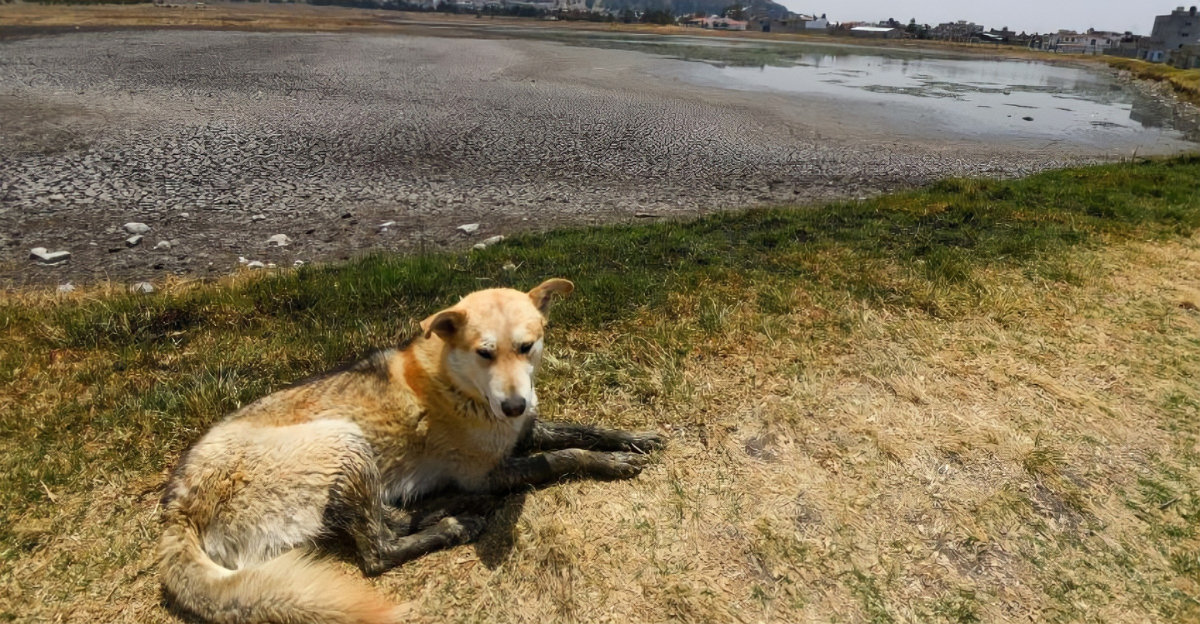
While headlines focus on trade wars and inflation, a far more urgent threat is quietly spreading below ground. The U.S. loses 6 billion gallons of treated water every day through aging infrastructure, enough to supply 18 million people. But the bigger danger lies in six states facing rapid water reserve depletion, risking the largest internal migration in U.S. history.
From collapsing aquifers in California to saltwater creeping into Florida’s wells, this isn’t some far-off climate scenario. It’s happening now, costing the economy $8.58 billion a year in productivity and healthcare losses. The real question isn’t whether these states will run dry, but whether the rest of the country is ready for the mass migration that’s coming next.
1. California

California grows over a third of the nation’s vegetables and more than 75% of its fruits and nuts, yet this bounty relies on an increasingly fragile foundation. Farms consume about 80% of the state’s developed water, much of it drawn from aquifers in chronic overdraft. In the Central Valley, some areas have sunk by 28 feet since the 1920s due to groundwater depletion, permanently reducing storage capacity.
With surface water allocations delivering only 35% of requested volumes in 2025, many farmers now drill over 1,000 feet into ancient fossil water. California’s $50–60 billion agriculture industry is under mounting pressure, and if farmland continues to fallow, food prices nationwide could surge, turning a regional crisis into a global ripple.
2. Nevada
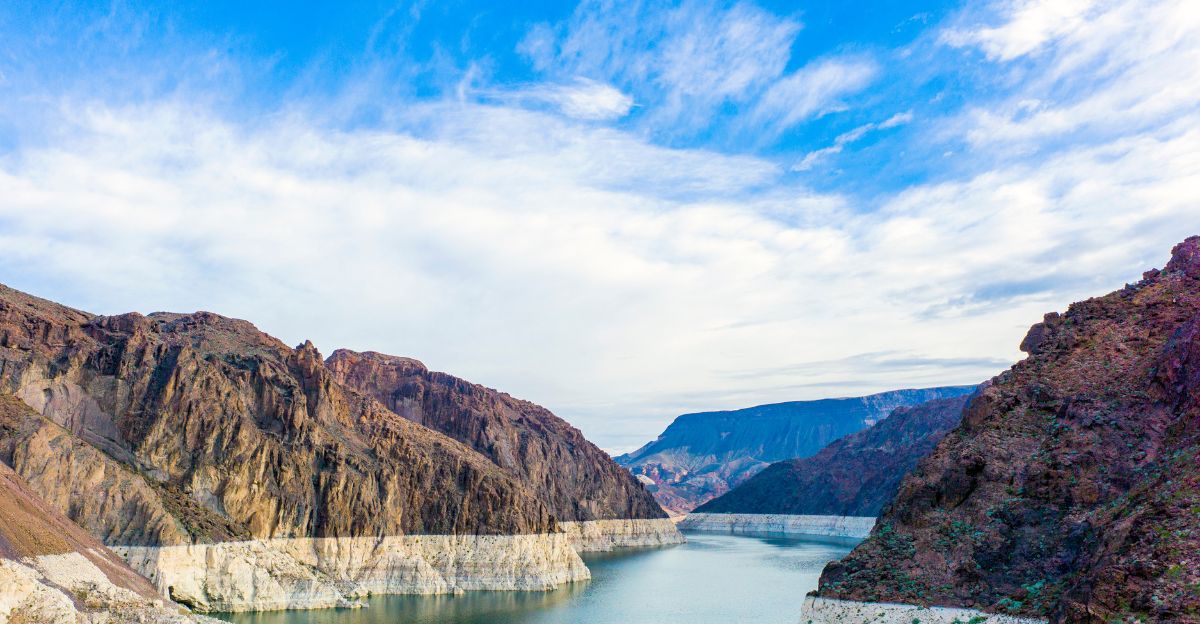
Las Vegas depends on Lake Mead for about 90% of its water, yet the reservoir now hovers between 33% and 35% capacity and continues to decline. To stay ahead of crisis, the city invested $1.5 billion in a third intake tunnel and low-level pumping station, allowing withdrawals even near record lows, though not below dead pool.
Nevada faces the steepest proportional Colorado River cuts, losing 7% of its already small share. Meanwhile, Las Vegas keeps growing and the state’s $31.5 billion casino industry remains vital. Still, prolonged drought and climate change threaten to outpace these safeguards, leaving the city’s future vulnerable. If water levels keep dropping, the stakes will rise, not just for Nevada, but for the entire Southwest.
3. Arizona

Arizona’s population has soared to nearly 7.7 million in 2025, driven by decades of rapid growth and a retirement boom. While golf communities symbolize excess, golf course irrigation makes up just 2% of daily water use and has grown more efficient. The real threat lies underground: rural areas like the Willcox basin are seeing aquifers and land levels drop over 11 feet in just ten years due to over-pumping.
Phoenix now faces an 18% cut in Colorado River water while enduring record heat that accelerates evaporation. Though most urban areas aren’t yet facing extreme rationing or surging bills, rural wells are drying up. Arizona’s water future hinges on bold planning, as climate change and depletion steadily tighten the noose.
4. New Mexico
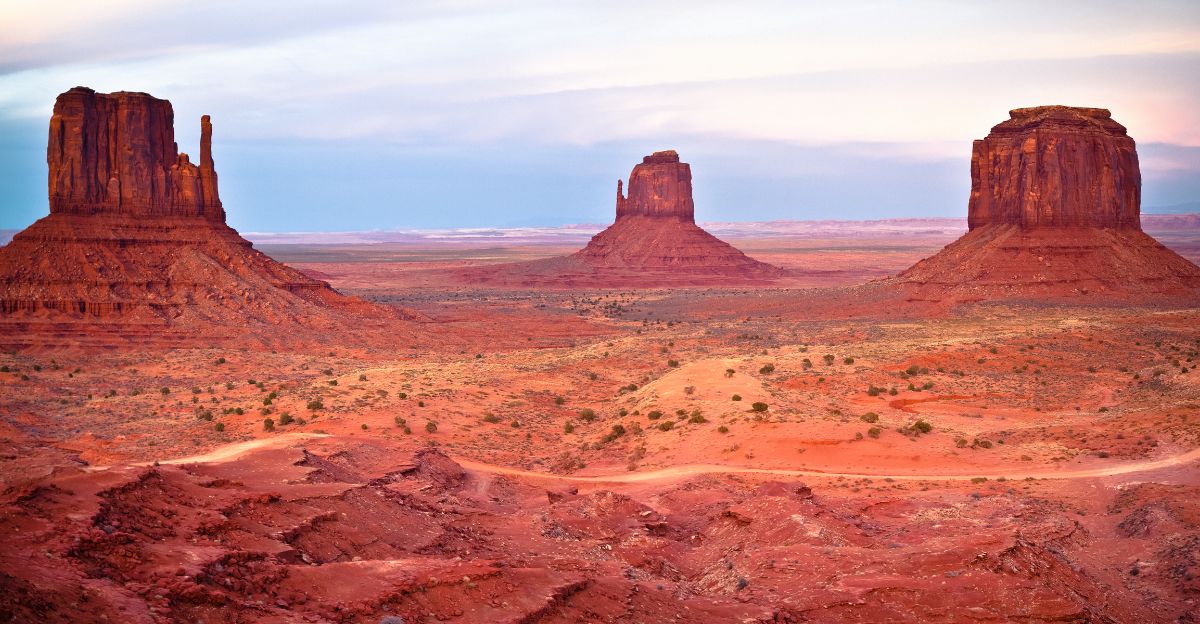
In May 2025, New Mexico declared a statewide drought emergency, its worst since 1980, yet the crisis remains largely unnoticed. Snowpack, which provides 95% of the state’s water, is under 50% of normal across most regions, with record lows in some areas. Agriculture is taking a $200 million hit annually, pushing ranchers to sell livestock at a loss.
The Navajo Nation has issued its own emergency declaration, seeking $6.5 million for critical infrastructure like water hauling and windmill repairs. When Indigenous communities that have survived for centuries face water extinction, it’s a warning that transcends state lines.
5. Utah
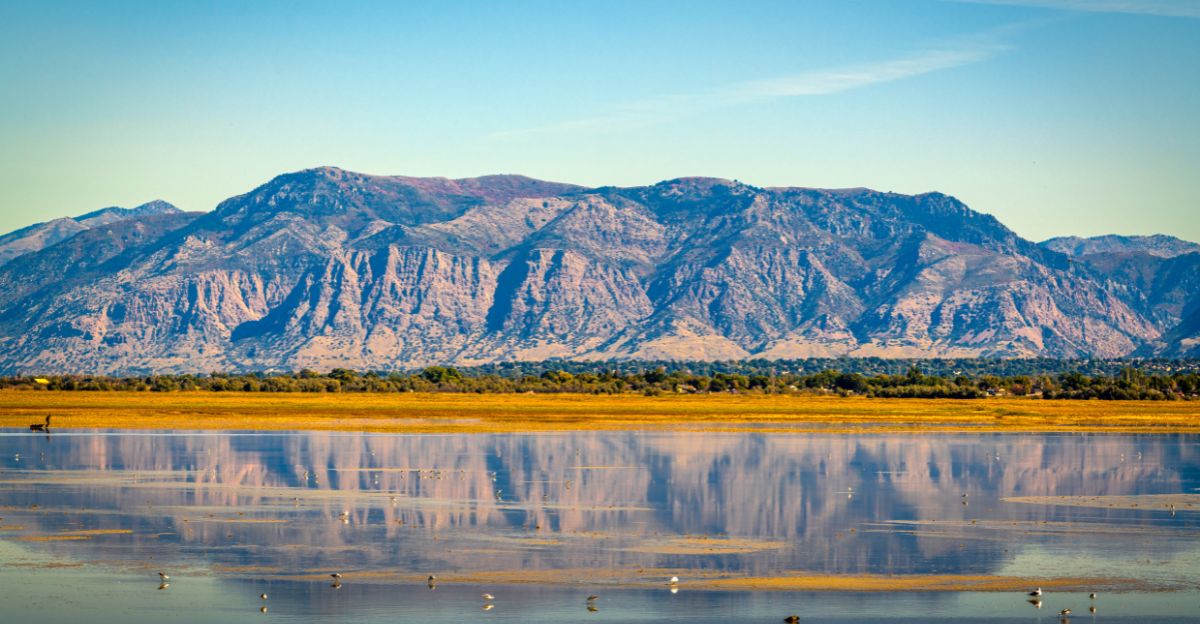
Utah’s winter sports industry now brings in over $2.5 billion annually, with the 2024–25 season marking the third-highest skier turnout in state history. About 95% of the state’s water comes from snowpack, but in March 2025, levels sat at just 85% of the median. Northern basins fared better, yet southern runoff hit alarming lows, only 7–35% of average. As snowpack declines, pressure mounts on overstretched reservoirs.
Meanwhile, the Great Salt Lake remains at historic lows, exposing toxic lakebed dust that endangers public health for the majority living along the Wasatch Front. Though Salt Lake City hasn’t imposed mandatory rationing yet, the state’s water future is deeply tied to snow. Climate change is casting a long shadow over Utah’s economy and ecosystems.
6. Colorado
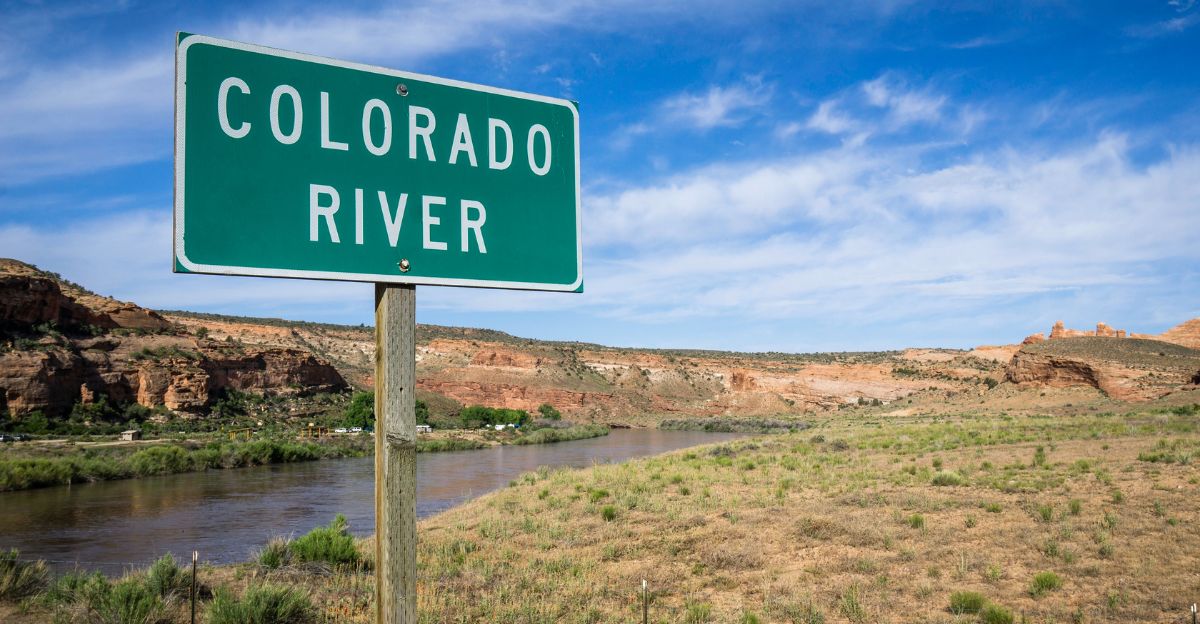
Colorado provides water to 40 million people across seven states via the Colorado River, yet it’s struggling to meet its own needs. In 2025, southern snowpack is dangerously low, some basins like the Upper Rio Grande are at just 63% of average, while northern regions remain below normal. This imbalance is fueling internal water battles.
Colorado’s $4.8 billion ski industry now competes directly with farmers and cities for shrinking runoff, even though agriculture still uses the bulk of diverted water. Lake Powell, on the southern border, is only 33% full, with inflows at 45–46% of average. As restrictions spread and voluntary cutbacks increase, the century-old Colorado River Compact looks increasingly outdated in the face of a deepening crisis that starts at the source.
The $70 Trillion Risk Wall Street Ignores
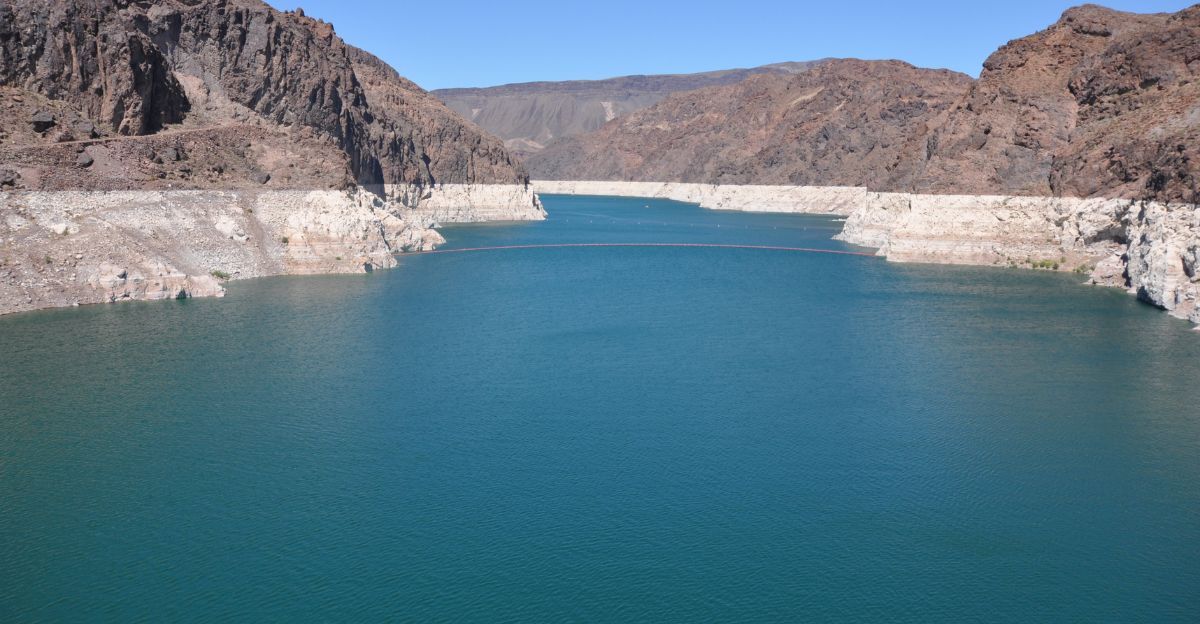
Wall Street and global markets have long underestimated the economic threat of water scarcity. By 2050, $70 trillion of global GDP could face high water stress—up from $15 trillion in 2010. In the U.S., six western states drive massive groundwater depletion, supporting a $56 billion agriculture industry.
Yet markets act as if groundwater is endless, even as reserves vanish rapidly. During California’s 2006–09 drought, groundwater use matched Lake Mead’s total capacity, but prices stayed stable thanks to insurance and market shifts. As water stress worsens, the risk of economic collapse grows, threatening financial markets and food security worldwide.
America’s Crumbling Water Infrastructure Threatens Access
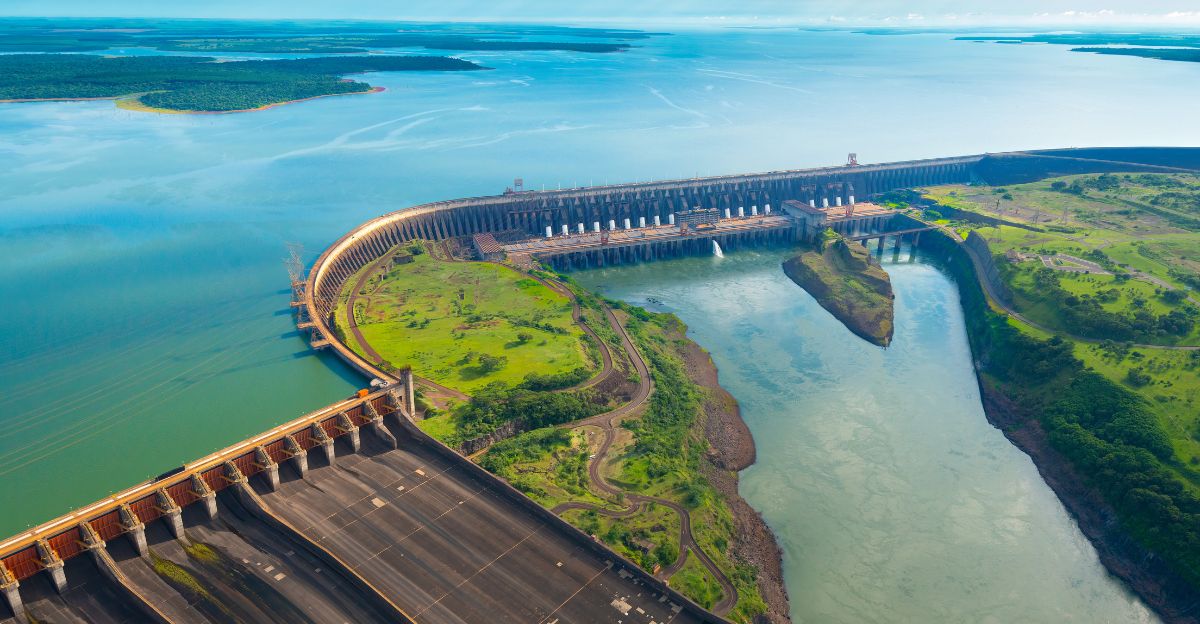
The U.S. loses 6 billion gallons of treated water daily through leaking pipes, with a water main break every two minutes nationwide. The EPA estimates $1.25 trillion is needed over 20 years to repair water systems, but experts warn costs could exceed $1 trillion.
Over 16,700 dams are “high hazard,” requiring $157.5 billion for repairs. Even if supply issues are solved, aging infrastructure risks leaving cities like Atlanta without safe water, showing the delivery system itself is a looming crisis.
Western Water Law: A 19th-Century System Driving Inequality

Western water law still relies on the “first in time, first in right” principle, giving senior rights holders full allocations—even if it drains the system and leaves others dry. This outdated framework concentrates power with the oldest claims, a modern form of water feudalism.
While large-scale hoarding is rare, senior holders can use or sell water freely, often harming junior users. During droughts, they aren’t required to conserve, deepening inequalities and forcing vulnerable communities to bear the heaviest water shortages.
The Great Migration That Could Reshape America
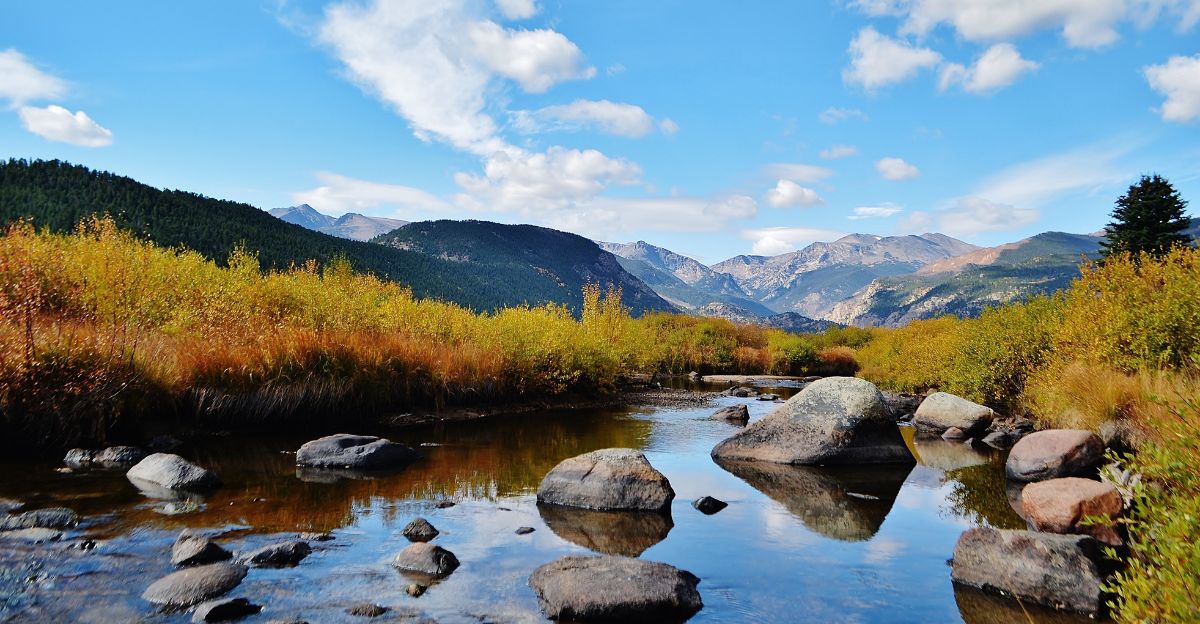
Megadroughts, crumbling infrastructure, and economic decline are setting the stage for a migration on a scale unseen since the Dust Bowl. But this time, it’s not 3.5 million, it’s 40 million Americans who could be on the move. Metro areas like Phoenix, Las Vegas, and California’s Central Valley may become unlivable within decades.
Eastern states, still reeling from their own droughts, will face pressure to absorb climate refugees. The shift could wipe out trillions of dollars in Western real estate and force farming into regions unprepared to take it on. America’s water crisis won’t just leave six states dry, it will redraw the map of where and how the country lives.
Explore more of our trending stories and hit Follow to keep them coming to your feed!

Don’t miss out on more stories like this! Hit the Follow button at the top of this article to stay updated with the latest news. Share your thoughts in the comments—we’d love to hear from you!







